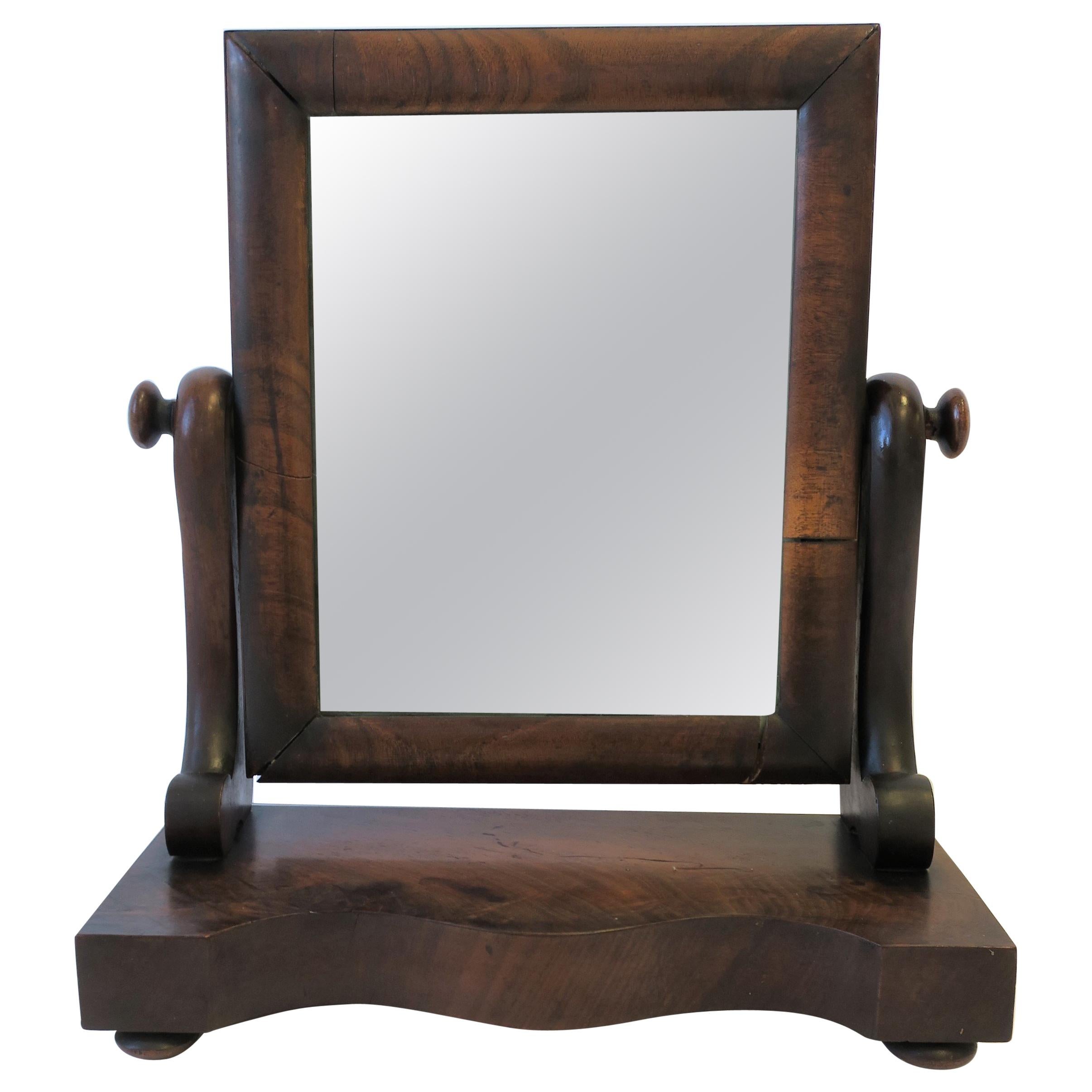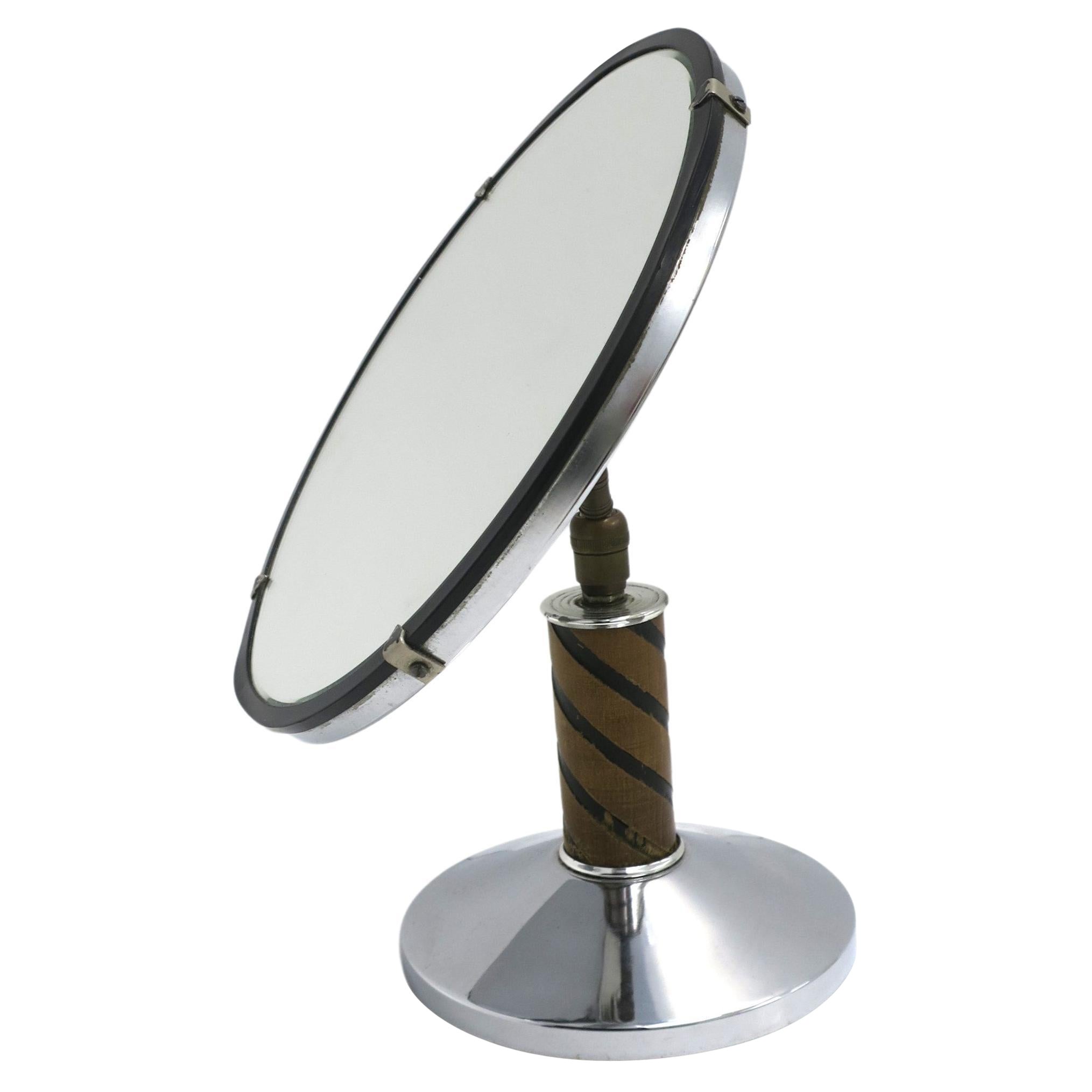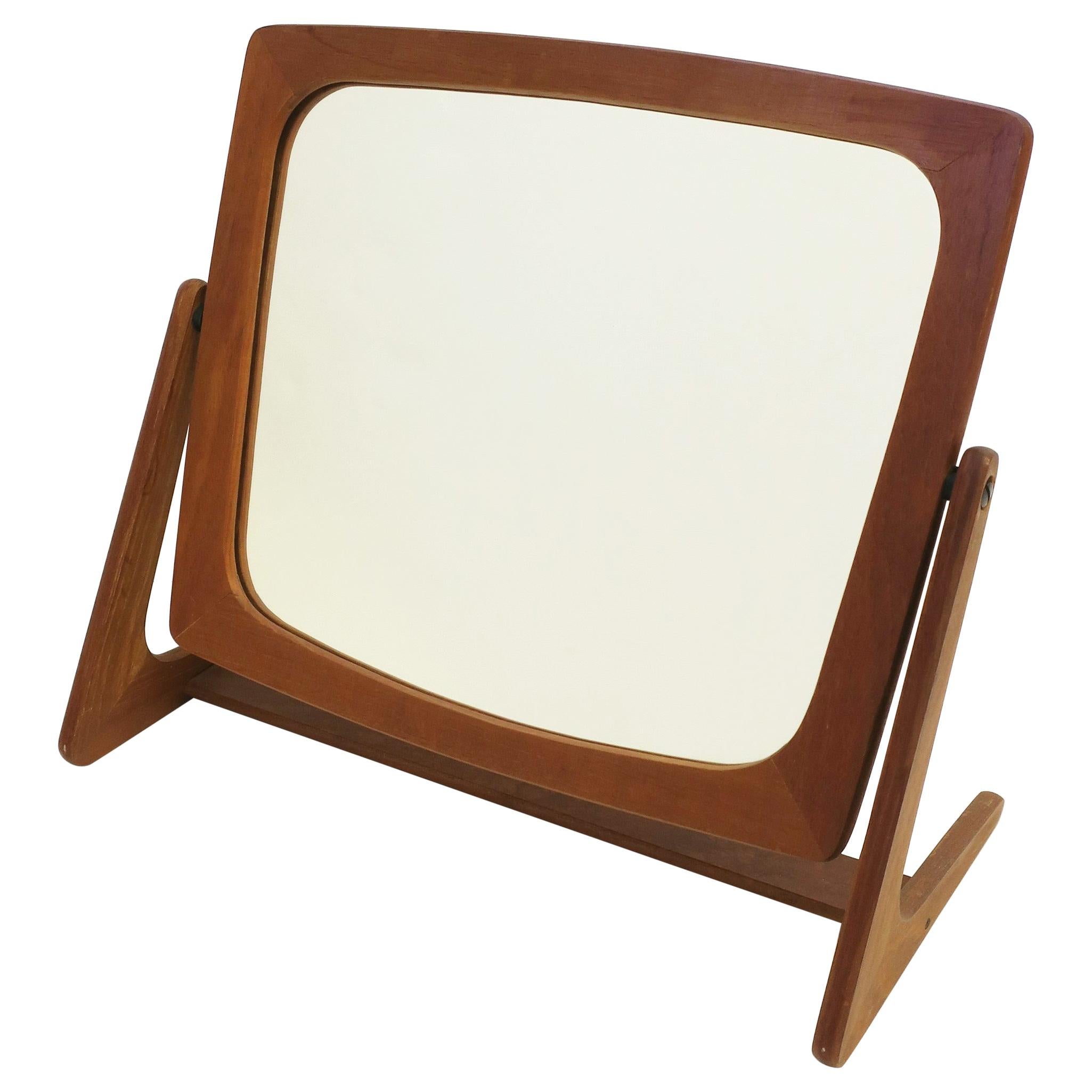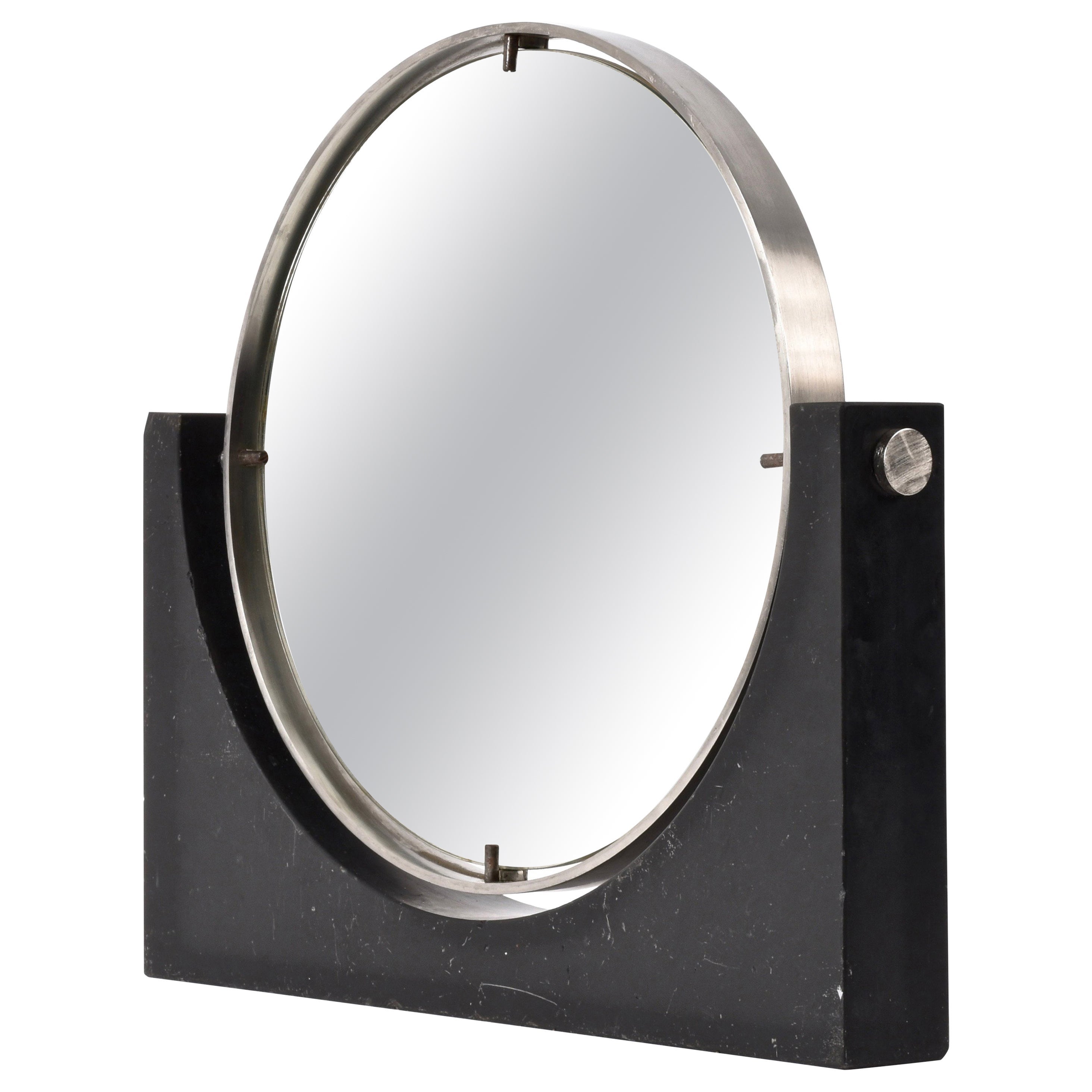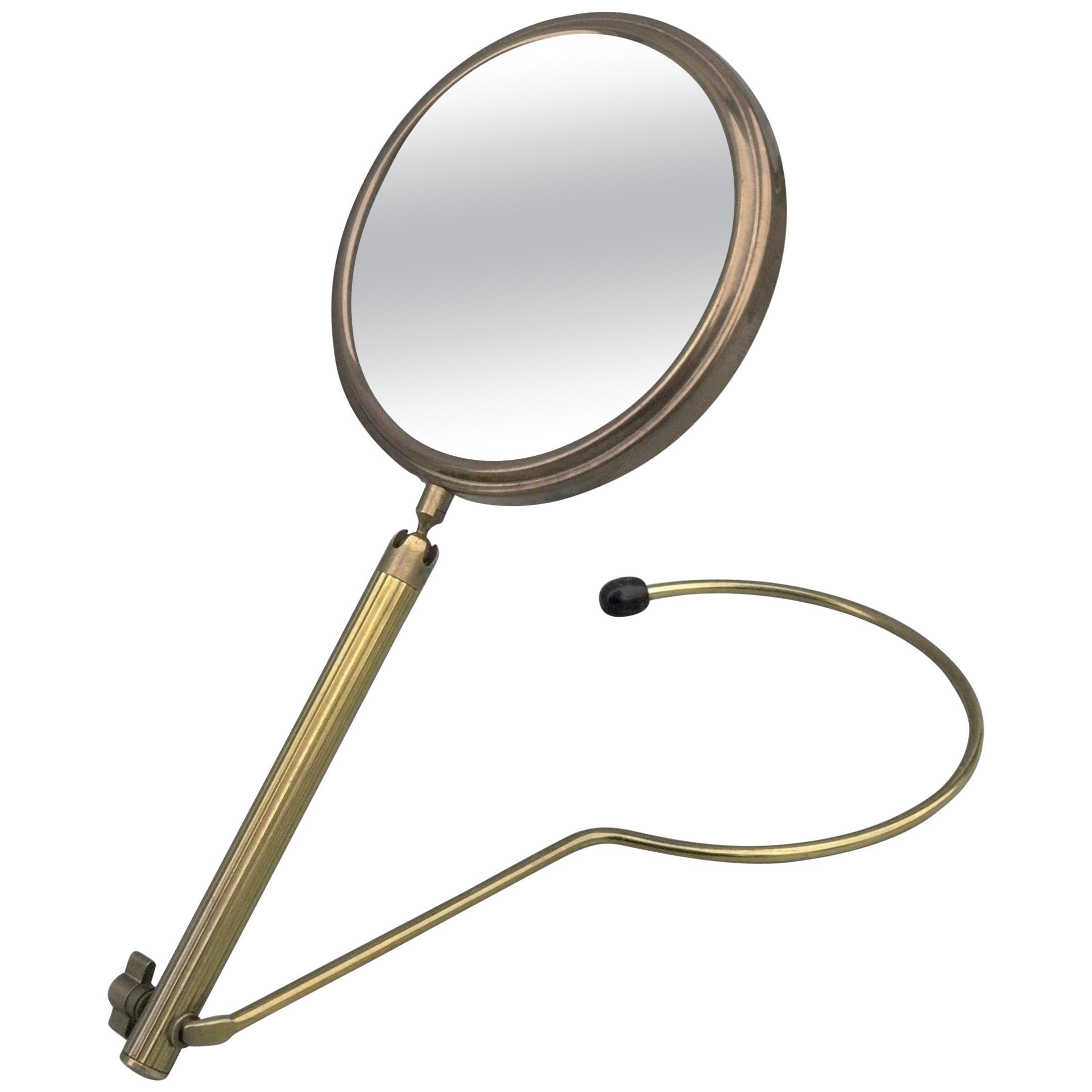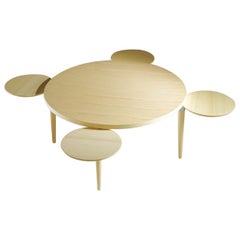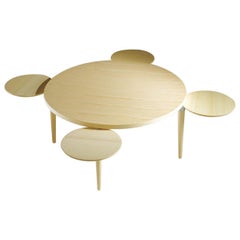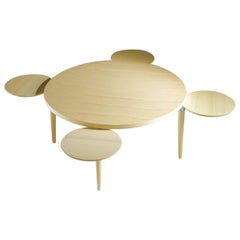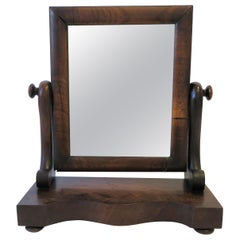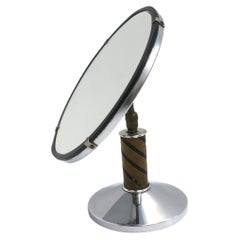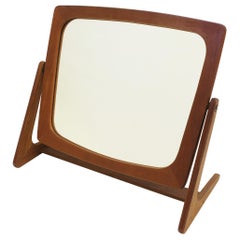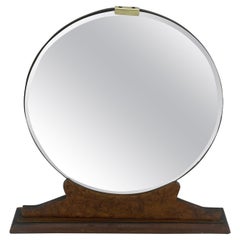Nanna Ditzel Joy Vanity Hall Table
About the Item
- Creator:GETAMA (Manufacturer),Nanna Ditzel (Designer)
- Dimensions:Height: 57.5 in (146.05 cm)Width: 29 in (73.66 cm)Depth: 16 in (40.64 cm)
- Style:Mid-Century Modern (In the Style Of)
- Materials and Techniques:Glass,Polished
- Place of Origin:
- Period:
- Date of Manufacture:Contemporary
- Production Type:New & Custom(Current Production)
- Estimated Production Time:Available Now
- Condition:
- Seller Location:Berkeley, CA
- Reference Number:1stDibs: LU1353215358442
Nanna Ditzel
Nanna Ditzel was the most versatile and creative female designer that Denmark produced in the 20th century. Ditzel brought her talents to bear on a staggering array of forms — she designed furniture, jewelry, tableware and textiles; and she shaped her pieces using an equally astonishing variety of materials, from wood and wicker to silver, ceramics and fiberglass.
Born in Copenhagen, she trained as a cabinetmaker at the Royal Academy's furniture school — overseen by the great craftsman of the day, Kaare Klint — and graduated in 1943. Ditzel’s early work adhered to the classic Danish modernist tenets of simplicity, comfort and quality, and her armchairs, with their softly curved backrests are much in the spirit of Hans Wegner. Ditzel’s signature piece of that time is her Ring chair. Designed along with her husband, Jørgen Ditzel, a fabric maker, the chair has a semicircular padded armrest that seems to embrace the sitter. Ditzel began designing in wicker and in 1959 produced the Hanging chair. The piece, suspended from the ceiling by a chain, became a favorite for fashion shoots and may be as iconic of the 1960s as Eero Aarnio’s plastic Ball chair of 1963.
In 1956, Ditzel began designing for the Danish silverware firm Georg Jensen. In an association that lasted some 40 years, Ditzel would create organically shaped jewelry, barware, ceramic tableware and even tablecloths. Like her fellow Dane Verner Panton, Ditzel was not afraid to embrace industrial materials, and she began designing fiberglass chairs in the mid-1960s. Some of her most flamboyant work came toward the end of her career, in pieces such as 1989’s Bench for Two, with its shocking Op-art finish, or the Trinidad chair of 1992, with it’s sunburst-like, cut-though backs. Such feats of creativity were a fitting coda to one of the most imaginative, prolific and remarkable women of modern design.
GETAMA
The story of how GETAMA got its name is perhaps as unique as the range of subdued but sophisticated Scandinavian modern furniture for which the manufacturer is known (thanks to a partnership with Hans Wegner).
In the late 1890s in the Danish town of Gedsted, a young cabinetmaker by the name of Carl Pedersen opted to use seaweed — rather than the traditional heather or straw — as mattress stuffing. Pedersen named his new factory Gedsted Tang-og Madrasfabrik (the “Gedsted Seaweed and Mattress Factory”), which he abbreviated to GETAMA. Seaweed’s fire-retardant properties make it an excellent and safe upholstery material for mattresses, chairs and sofas. Pedersen leveraged this quality as a selling point — the abundance of seaweed on the shores of Denmark and its weightlessness added to its appeal as an economical but durable upholstery filling for all kinds of furnishings. The crowning quality was its softness.
GETAMA’s seaweed mattresses proved so popular for their comfort and durability that Pedersen had to expand into a larger factory within the first year. He felt almost obligated to launch a line of bedroom furniture to accompany his much-loved mattresses.
The working relationship established in 1959 between Hans Wegner and GETAMA afforded the company the opportunity to break into the international market. Wegner — a legendary Danish carpenter and furniture designer revered by mid-century modern collectors everywhere — became one of the brand’s principal designers and often spent a great deal of time at the factory — refining and adjusting each new piece until he felt satisfied that it was ready for production. For decades, Wegner’s impressive contributions to GETAMA’s daybeds, lounge chairs, sofas and dining room tables became the backbone of the company’s sales.
Over the years, other designers entered into working agreements with GETAMA, including Nissen & Gehl, OM Design, 2R Design, Blum and Balle, and Jørgen Gammelgaard. Copenhagen native Nanna Ditzel, a Royal Danish Academy of Fine Arts alum who trained under Kaare Klint, designed GETAMA’s Mondial coffee table. Alongside her husband, Jørgen Ditzel, she also created the sensuously curvy and wildly popular Ring chair.
Today, the sleek modern furniture that GETAMA manufactures is still inclusive of their lauded mattresses.
On 1stDibs, find vintage GETAMA seating, tables, storage cabinets and other furniture.
- ShippingRetrieving quote...Shipping from: Berkeley, CA
- Return Policy
More From This Seller
View All21st Century and Contemporary Danish Mid-Century Modern Coffee and Cockt...
Ash
21st Century and Contemporary Danish Mid-Century Modern Coffee and Cockt...
Ash
21st Century and Contemporary Danish Mid-Century Modern Coffee and Cockt...
Oak
21st Century and Contemporary Danish Mid-Century Modern Coffee and Cockt...
Ash
21st Century and Contemporary American Mid-Century Modern Chairs
Oak
21st Century and Contemporary American Mid-Century Modern Stools
Oak
You May Also Like
Early 20th Century European Victorian Table Mirrors
Mirror, Wood
Early 20th Century Art Deco Table Mirrors
Bronze, Chrome
Mid-20th Century Danish Scandinavian Modern Table Mirrors
Mirror, Wood
Early 20th Century French Art Deco Table Mirrors
Brass
Vintage 1960s Italian Mid-Century Modern Table Mirrors
Marble, Steel
Mid-20th Century French Mid-Century Modern Table Mirrors
Brass
